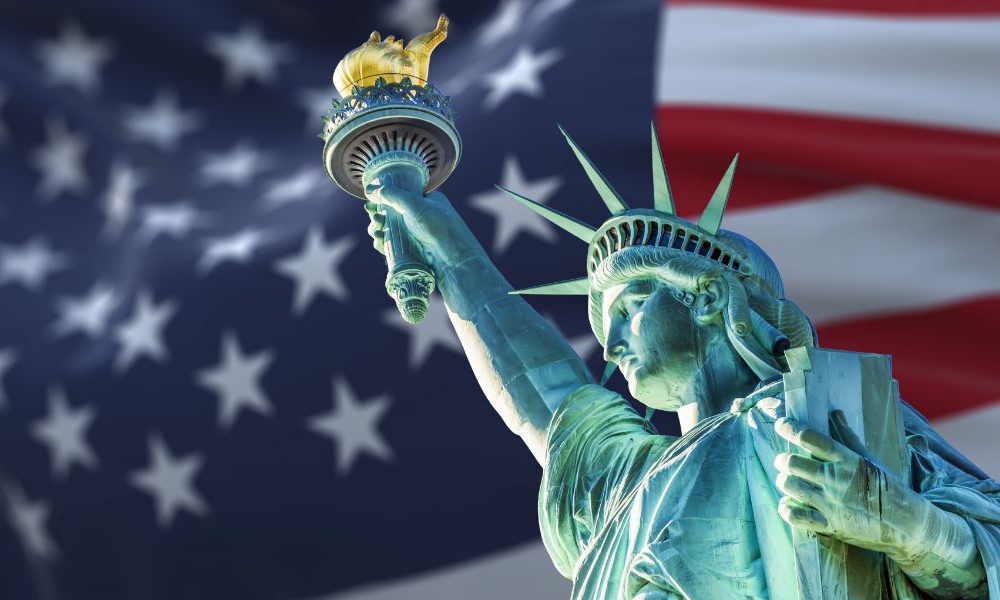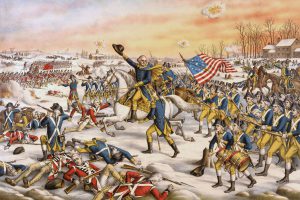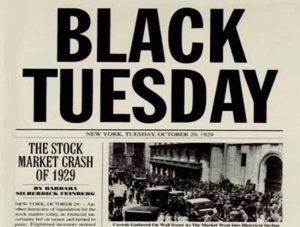
Important Dates in American History
July 4, 1776
July 4th is traditionally considered the Day that America gained independence from Great Britain. Though in reality, the actual date of gaining Independence from the British - through their official surrender - did not occur until September 3, 1983, July 4th, the day of the signing of the Declaration of Independence is considered, in spirit, to be the start of America. It is celebrated as a National holiday every year on the Fourth of July with parades, fireworks, and patriotic songs.
June 21, 1788
For the first 5 years after the American Revolutionary War ended, America operated under the Articles of Confederation, which loosely bound each of the states together as more of an alliance. Because of the inefficiency of this system, the Government decided to draft a new constitution, which would eventually become the Constitution of the United States of America, thus officially creating the country. Ratification for the Constitution was required from nine states for it to take effect, and on June 21, 1788, New Hampshire became the 9th state to ratify the Constitution. The government didn't officially take power until 1789 under George Washington. The Constitution was ratified with an initial 10 amendments to it, known as the Bill of Rights, and has been ratified occasionally ever since.

April 12, 1861
April 12th was the first day of the American Civil War between the Northern States, or the "Union," representing the U.S.A., and the Southern States, or the "Confederacy" representing the short-lived Confederate States of America. Though the war was fought in theory over Federal vs. State power (with the North representing Federal Power and the South State power), the issue at its core was the legalization of slavery throughout the South. When Abraham Lincoln became President in 1861, he was seen as a threat to Southern Slavery, as he was an abolitionist, so the much of the South seceded. The war started when Confederate forces attacked the U.S. base at Fort Sumter in South Carolina on April 12. Shortly after this, the remaining Confederate states also seceded from the Union, bringing the war into full swing.
January 1, 1863
Civil War
January 1st, 1863 was the day of the enactment of the Emancipation Proclamation, which freed all slaves in Confederate States and allowed them to join the U.S. military. This was a major step in U.S. policy, but was not a nationwide ban on slavery. Several states were allowed to hold onto their slaves until January 1965, when the Thirteenth Amendment was ratified. The reason these states were allowed to keep their slaves was because they were still fighting or leaning towards the Union side, and Lincoln didn't want to alienate them and potentially lose the war. This action put the international community firmly on the side of the U.S. rather than the C.S.A, and was a major point in the war, and the first truly massive moment in American Civil Rights history.
April 9, 1865
On April 9, 1865, General Robert E. Lee, the leader of the Confederate forces, surrendered to General Ulysses Grant of the Union, thus ending the American Civil War. Five days later, Abraham Lincoln was assassinated.
December 29, 1890
Probably one of the darkest days in American history, while American military forces were forcibly relocating Lakota and Sioux tribes people near the Wounded Knee Creek in South Dakota. A skirmish erupted between the army and a deaf Sioux tribesman who could not hear the order to give up his gun, which resulted in the army opening fire on the tribespeople, killing 200 Lakota and Sioux, including many, many women and children. 25 Americans also died, some of them from friendly fire. Despite the ugly nature of the event, the Army awarded 20 Medals of Honour, the highest of any battle in American history. The event is considered the last major battle between the Americans and the American Indians, a war that had been going on for several centuries.
October 29, 1929
Also known as "Black Tuesday," October 29, 1929 was the day the stock market crashed, starting the Great Depression. The Depression was the worst economic era in American history, and lasted into (and directly contributed to) the Second World War. With unemployment hitting 25% - the highest it's ever been in the United States - the Great Depression was seen by many as a huge blow to capitalism, and saw the rise of socialist, anarchist, and fascist movements in the 20s. It affected the entire world, and led to worldwide isolationism and stagnation, and led to the collapse of the Weimar Government in Germany, clearing the way for Adolf Hitler in 1933. When Franklin Delano Roosevelt was elected in 1932, he came in on a platform of welfare and public works, blaming big business and empowering labor unions. People are still unsure as to how the Depression ended, but many believe it had to do with the surge of public spending during World War II.
December 7, 1941
December 7th, 1941, was, as then-President Franklin D. Roosevelt said, a "day which will live in infamy." It is the date that the Japanese bombed the American Naval base in Pearl Harbour, Hawaii, killing 2,402 Americans and wounding a thousand more. Due to the sudden surprise nature of these bombings, America was more or less caught off guard, and it led into American entrance into World War II. The next day, Japan declared war on America, and three days after that, as a showing of solidarity with Japan, Germany and Italy declared war on the U.S. Until this point, America had been more or less isolationist in regards to the War in Europe, and FDR, who had been wanting to fight with Britain, finally had a reason to galvanize the public in favour of entrance into the war. This date is considered the official start of World War II for America.
November 22, 1963
On this date, President John F. Kennedy was assassinated in Dallas, Texas, presumably by shooter Lee Harvey Oswald. He was killed by several gunshots while riding in a motorcade during a parade. During the parade, he was shot once through the neck, and once in the head, immediately killing him. The event has been seared into the American psyche because it was caught on film, and because several strange circumstances surrounding the assassination have led many to believe the Lee Harvey Oswald was not the killer, or, if he was, he was not the only killer. Oswald never got to defend himself, because two days after the assassination, as he was being taken to prison, he was murdered by Jack Ruby, a nightclub owner, while on live television. The event is often credited as "the death of American Innocence."
August 7, 1964
After the Northern Vietnamese attacked several American ships in the Gulf of Tonkin off of Vietnam's coast, The U.S. Congress passed the Gulf of Tonkin Resolution on August 7, 1964. This would be the closes America would come to actually declaring war on North Vietnam, in the conflict that would last for the next 11 years, killing millions of people and becoming America's first and only major loss in the Cold War. The Gulf of Tonkin Resolution is notable in that it didn't officially declare war, it simply gave then-president Lyndon B. Johnson the executive authority to send combat troops to the region for fighting.
August 9, 1974
In 1972, during Richard Nixon's Presidential campaign against George McGovern, several members of Nixon's Committee to Re-Elect the President were arrested for breaking into the Democratic National Committee Headquarters at the Watergate Hotel. After some serious investigative journalism on the part of Washington Post journalists Bob Woodward and Carl Bernstein, a massive conspiracy and cover-up was unearthed that led all the way up to President Richard Nixon. On August 9, 1974, Nixon resigned from the office of President, the first and only President to do so in America's history.
September 11, 2001
September 11th was the largest terrorist attack on American soil in its history, killing 3,000 people in a few hours of coordinated attacks. The attacks were carried out by 19 suicide hijackers from the al-Qaeda Islamic extremist terrorist group, who had hijacked four commercial jets and flew two of them into the World Trade Center towers in New York, one into the Pentagon in Washington, D.C., and one into a field in Pennsylvania, which is it believed was aimed at the American Capitol building until passengers on board the flight revolted, forcing the terrorists to crash the plane into a field before the passengers could gain control of the cockpit. The effects of the attack were massive, and led directly to two wars, one against the Taliban-led Afghanistan government, and another against Saddam Hussein's Baath-led Iraqi government. Both wars fall under the broader umbrella known as the "War on Terror," a controversial and massive-in-scope war against hundreds of extremist revolutionary terrorist groups.


